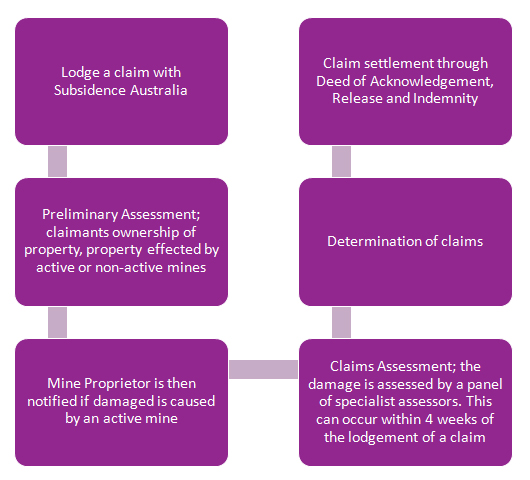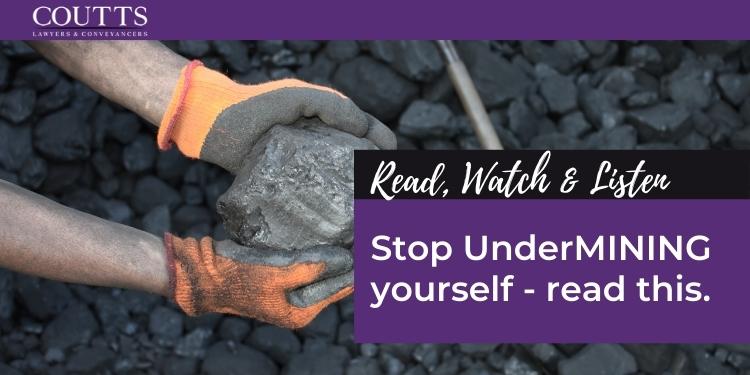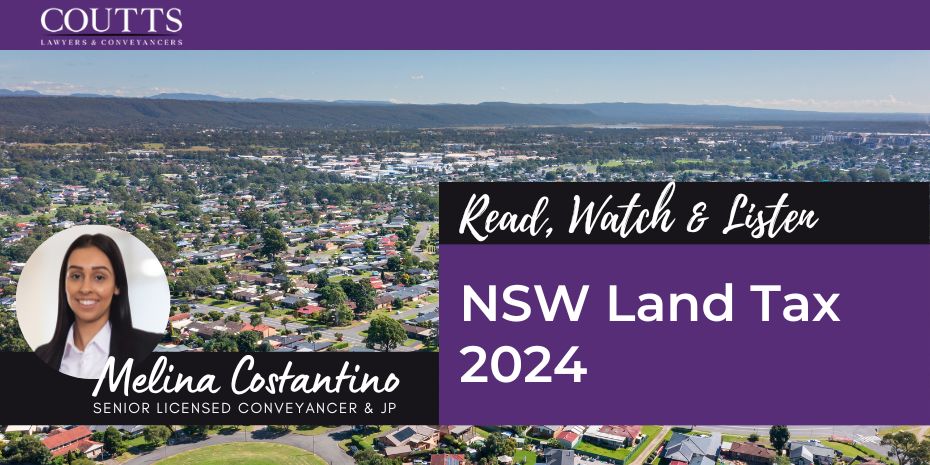Purchasing in the Wollondilly and mining in the area: what does this mean for me?
If you have purchased a property recently, you may have been advised by your conveyancer or solicitor that the Contract states you agree to take the property “as is”. What does this mean for a purchaser, in practical terms, and does this affect me in the Wollondilly?
The condition that the purchaser takes the property “as is” is derived from an old property law principal, being the latin term Caveat Emptor. This term translates to mean “let the buyer beware”, and in effect, is a warning to purchasers that they bear the responsibility to conduct their own enquiries about the property prior to purchasing. In general terms, this means the purchaser ought to make themselves completely aware of the condition of the property prior to purchasing, as the purchaser is not allowed to take legal action against the seller if the property does not meet their expectations. In other words, as a purchaser, you are purchasing the property “as is”.
Pest and Building Reports are a great tool in making the purchaser aware of the property’s condition and may lead to awareness of several other structural issues, for example, whether the property has been affected by Mine Subsidence (which is quite common in the Wollondilly).
1. Mining in the Wollondilly
The Wollondilly Shire encompasses two major mining companies, being Glencore and South 32. The mines located in the Wollondilly are mostly underground long wall mines, and mine mostly coal. These long wall mines (where mining occurs 200 meters below the ground) have the ability to shift and sink the land resulting in possible structural damages to property. According to the Subsidence Advisory webpage, most properties in Picton are impacted by mine subsidence and as such it is crucial purchasers are aware of this possibility when purchasing.
2. How could Mining in the Wollondilly affect me?
Mining in the Wollondilly can affect you in multiple ways. It could affect you as a purchaser, in the sense that it is important you make enquiries about the structural state of the property prior to buying, and it could affect you as a future vendor, in the sense that your property may become impacted by mining.
Properties can be structurally affected by both active and inactive mines by causing, or contributing to the cause of:
- Cracks in walls ranging from hairline to splits;
- Tilting of the land effecting the operation of doors and windows;
- The pulling apart of bricks and concrete due to strains; and
- Potholes which in rare cases can collapse buildings.
There is a government – run body that liaises with, and coordinates with, property owners who believe their property may be affected by mining. The government – run body is called “Subsidence Advisory NSW” (previously the Mine Subsidence Board).
Subsidence Advisory NSW and the Process
The Subsidence Advisory NSW (Subsidence Advisory) provides emergency support for those effected by mine subsidence and provides compensation for damages to property in certain cases.
If your property has been affected by mine subsidence you may be able to make a claim throught Subsidence Advisory to obtain compensation.
The process is as follows:

3. I’ve done all of this, and now Subsidence Advisory want me to sign a Deed of Settlement and Release. What should I do?
In short, a Deed of Settlement or Release is a legal agreement between two parties to settle a dispute. The deed signifies a binding promise between the parties to uphold a certain commitment. In the context of a Mine Subsidence Claim, most Deeds of Settlement and Release dictate terms of compensation and often prohibit future prospective claims and future entitlements.
4. Why should I get legal advice in relation to this Deed?
Before you pop the bottle of champagne and celebrate a settlement, it is important to seek legal advice before signing. Why? A binding deed, unlike agreements, does not require a consideration element. In other words, there is no need for both of the parties to benefit from the agreement. Deeds of Settlement and Releases also contain clauses in which parties “forever release” the other from any future claims, and as such, it is crucial the Deed of Settlement and Release reflects your understanding of the claim and does not limit your future ability to make any other claims for other matters or limit your legal options in the future in a way you have not envisaged. Obtaining legal advice on the document is a way of ensuring your best interests are being met and that you are not agreeing to something that you shouldn’t be or do not understand.
Lastly, offers for compensation from Subsidence Advisory often include a certain amount of money for claimants to obtain their own legal advice on the Deed of Settlement and Release before signing.
There are various factors to consider when entering into a Contract for Sale in the Wollondilly and a Deed of Settlement and Release. Coutts Lawyers & Conveyancers, we are experienced in reviewing Contracts in the Wollondilly area, and, in advising on Deeds of Settlement and Release relating to Subsidence Advisory claims. If you have any questions about signing a Deed of Settlement and Release, or about purchasing in Wollondilly, please do not hesitate to contact our team



